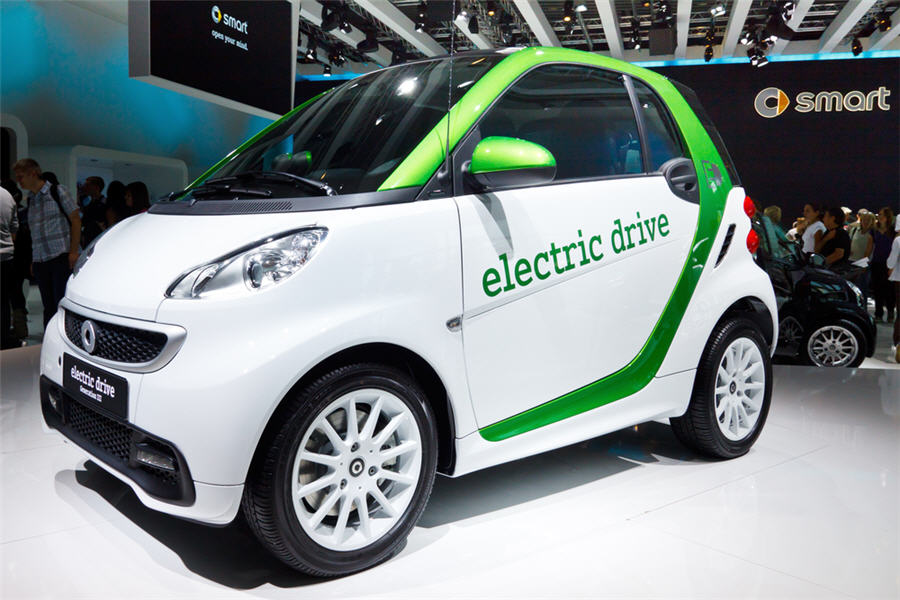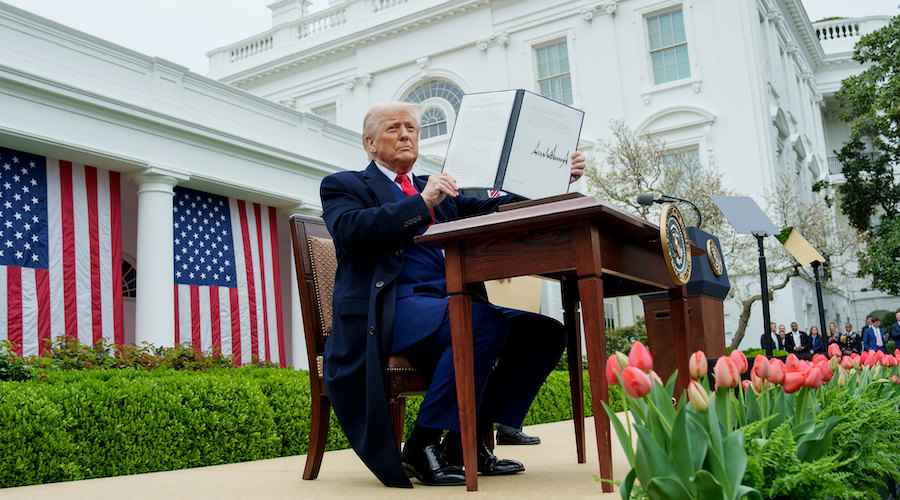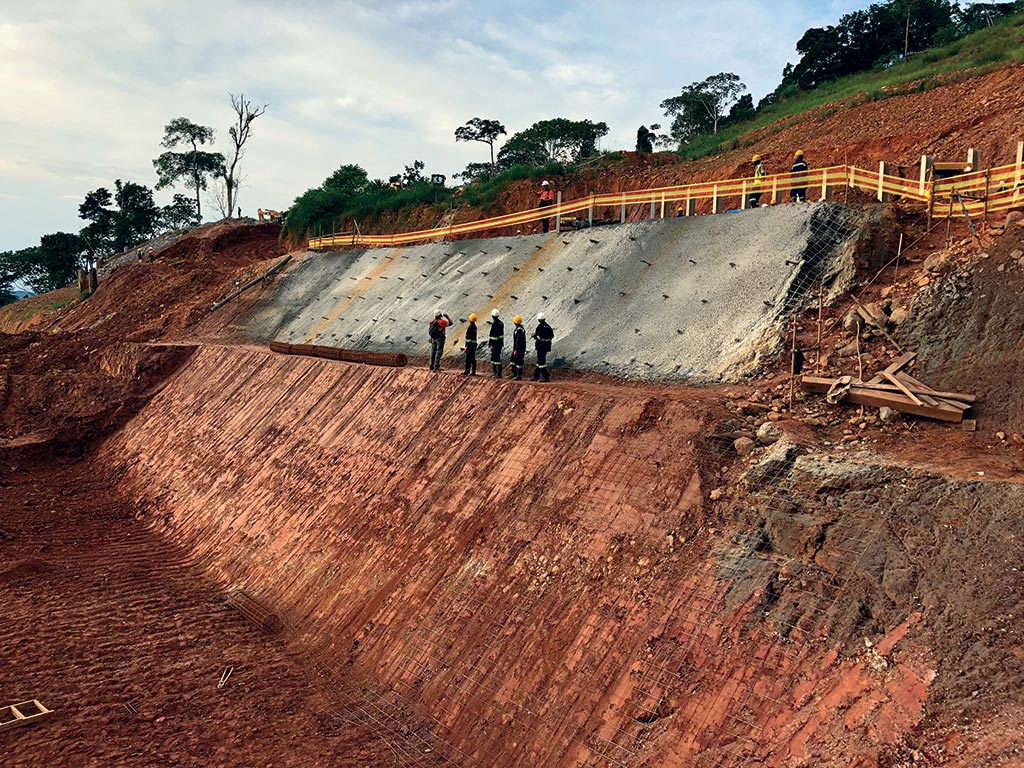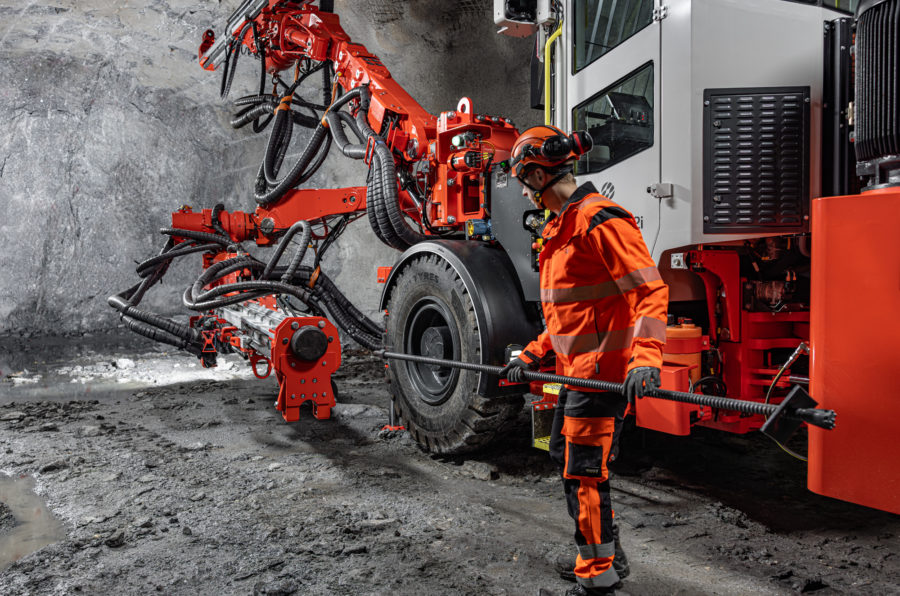Pilbara Minerals vaults 30% on Chinese offtake deal

Australian lithium explorer Pilbara Minerals (ASX:PLS) took a big step today towards its goal of becoming a low-cost lithium producer, by completing offtake arrangements for its flagship Pilgangoora project in the Pilbara region of Western Australia.
Investors were clearly pleased with the deal, bidding up the stock 30% to 44 cents a share, after a trading halt on Friday.
The Perth-based company secured a long-term offtake agreement with Jiangxi Genfeng Lithium Co Ltd, for the first and second stages of the operation. In the first 2 million tonnes per annum (tpa) stage Genfeng, worth US$4.6 billion on the Shenzhen Stock Exchange, will take 100% of the lithium produced, and half of the production in the second stage, which would ramp up to 4Mtpa.
Genfeng also committed to buy 160,000 tonnes per year of chemical-grade spodumene concentrate over 10 years, with an option to extend up to another decade. The Chinese lithium producer, one of the country’s largest at around 30,000 tpa lithium carbonate-equivalent, said it will invest at least US$20 million to complete Phase 1 of the project.
Coupled with a 2016 commitment by General Lithium to lock in for 140,000 tonnes per annum, the May 2 announcement means Pilbara now has binding agreements for the entire first stage of production.
Located 120 kilometres from Port Hedland, Pilbara claims its Pilgangoora Lithium-Tantalum Project is is one of the largest new lithium ore (spodumene) deposits in the world.
The most recent mineral resource update, published in July 2016 and incorporating the results of in-fill drilling, comprises a measured, indicated and inferred resource of 128.6 million tonnes grading 1.22% Li2O (spodumene) and 138ppm Ta2O5(tantalum) containing 1.57 million tonnes of lithium oxide and 39 million pounds of Ta2O5.
A definitive feasibility study of the hard-rock deposit mine was completed in September 2016.
The company is targeting commissioning for the end of 2017; the minelife is estimated at 36 years.
Lithium is used to make rechargeable lithium-ion batteries, which weight about 75% less than lead acid batteries, making them ideal for electric cars and bicycles.
More News
Trump signs executive order to help revive dying coal sector
US president also instructed the Interior Department to locate coal deposits on federal lands, remove barriers to mining, and fast-track leasing processes.
April 08, 2025 | 02:32 pm
US envoy sees Alphamin reopening Congo tin mine as rebels depart
Alphamin halted mining last month at its Bisie mine to protect its employees as M23 rebels neared the site.
April 08, 2025 | 01:51 pm
Sandvik improves underground bolting safety with new pumpable resin system
The latest pumpable resin system, featuring Mineral Bolt technology from Sandvik Ground Support, now supports three bolt types.
April 08, 2025 | 01:44 pm
{{ commodity.name }}
{{ post.title }}
{{ post.excerpt }}
{{ post.date }}




Comments